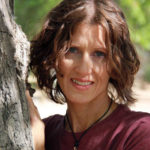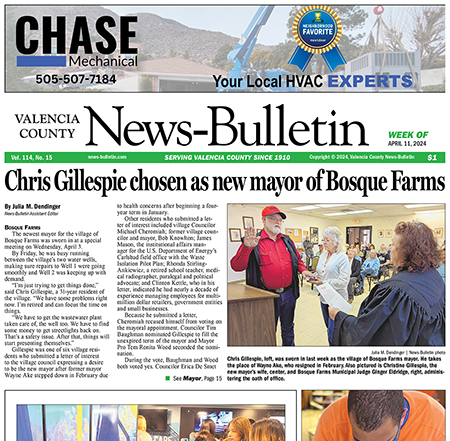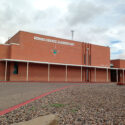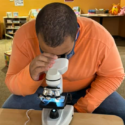Paw it Forward
Nearly a century ago, writer Hermann Hesse (1877-1966) described his vision of the transformation of an over-pruned and tailored “pleasure garden” back into a natural forest, a process now known as reclamation.
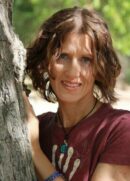
Colleen Dougherty
Hesse noted how the trees leaned on one another, entwined their upper branches to shield young saplings, extended their roots to one another to nourish the forest floor “so that mosses and grass could thrive more easily too, and little shrubs.”
Little did he know (or perhaps he did) that nearly a century later his intuitive and poetic words would find confirmation in science.
Reading a collection of Hesse’s writings and paintings about trees in a recently published book titled simply, “TREES,” I was so moved that I decided to learn more about these beings I love so much.
I re-watched a BBC documentary wherein another tree lover, actress Judi Dench, consulted scientists and tree specialists to learn more about the trees on her land in England. I went on from there, and I learned a lot, especially about how trees communicate with each other and the environment.
If a tree is struggling, the other trees can sense that and send some of their own water and nutrients to help it. Trees send out distress signals that say, “I’m in trouble!” or “Prepare yourselves — a predator is on the move.”
For example, a pine tree being munched on by aphids will send up a perfumed-cloud that attracts ladybugs who then fly in and eat up the aphids. Beech trees being snacked upon by deer send messages to the others who in turn increase the tannin in their leaves making them bitter so the deer won’t eat them. Trees welcome bees since they carry pollen to germinate more trees. Others use wind-power, sending up huge clouds of pollen that can be seen for miles and are sometimes mistaken for fires.
All of this is accomplished by an amazing network of roots and fibers that connect all the trees in a forest — a network not unlike the neural connections in our brain or on a grander scale — our internet. The most remarkable part of this network comes not only from the roots themselves, but from fungi.
Yes, all those interesting little mushrooms and toadstools you see on the forest floor are simply the above ground evidence that just below the surface, a carpet of wispy, feather-like fibers called mycelium have formed on the root tips and spread outward, connecting all the roots — and all the trees — in the forest.
One of the first to discover this was Canadian scientist, Suzanne Simard, who also discovered the elegant and vital role of “hub” trees, which she renamed, “Mother Trees.” These trees are truly mothers, procreating and protecting their young with shelter and nutrients. When she’s dying, a mother tree releases her remaining nutrients to her offspring so that they may live and thrive.
“Don’t cut down a dying tree,” Simard warns, because it’s still doing its job of nourishing and preserving its own species. I learned also that roots can last for millennia. Some of the oldest known trees in the world are upwards of 6,000 years old. Clonal colonies, clusters of genetically-identical trees that remain connected through a single root system, can be even older. A stand of quaking Aspens in Utah dates back 80,000 years, and a colony of Jurupa Oaks in California is estimated at 13,000 years.
I discovered canopy soils, entire ecosystems that exist high up in the canopy layers of forests in places like Chile, New Zealand and Costa Rica. The process begins when debris that has fallen on huge branches remains there and begins to compost, eventually turning into soil. Plants, birds and little critters live up there, sometimes never touching the forest floor below.
Did you know that trees detox? Not with special teas or fasting like us, but by pulling chlorophyll back into their bark and releasing built up toxins into the dying leaves, some of which hang on till spring to shield new buds from freezing.
I loved learning that trees, like other animal species (including humans), live in societies, with an intelligence we are most often oblivious to and take for granted. And like humans (at least on our better days) they take care of themselves and each another, nurture and protect their young, and, when allowed to, die gracefully.
I hope you’ve enjoyed learning more about trees, as I have. Maybe the next time you see a tree, you’ll see more than just bark and leaves! Happy Earth Day!
(Colleen Dougherty’s history in animal welfare includes work in a veterinary clinic, shelters in Santa Fe and Albuquerque, and currently as a volunteer for the Valencia County Animal Shelter. She has been a speaker at the N.M. State Humane Conference on three occasions, presenting talks on caring for small mammals in the shelter setting, and compassion fatigue in animal welfare. She holds degrees in art and counseling therapy, and certificates in eco-psychology and feline massage therapy.)
